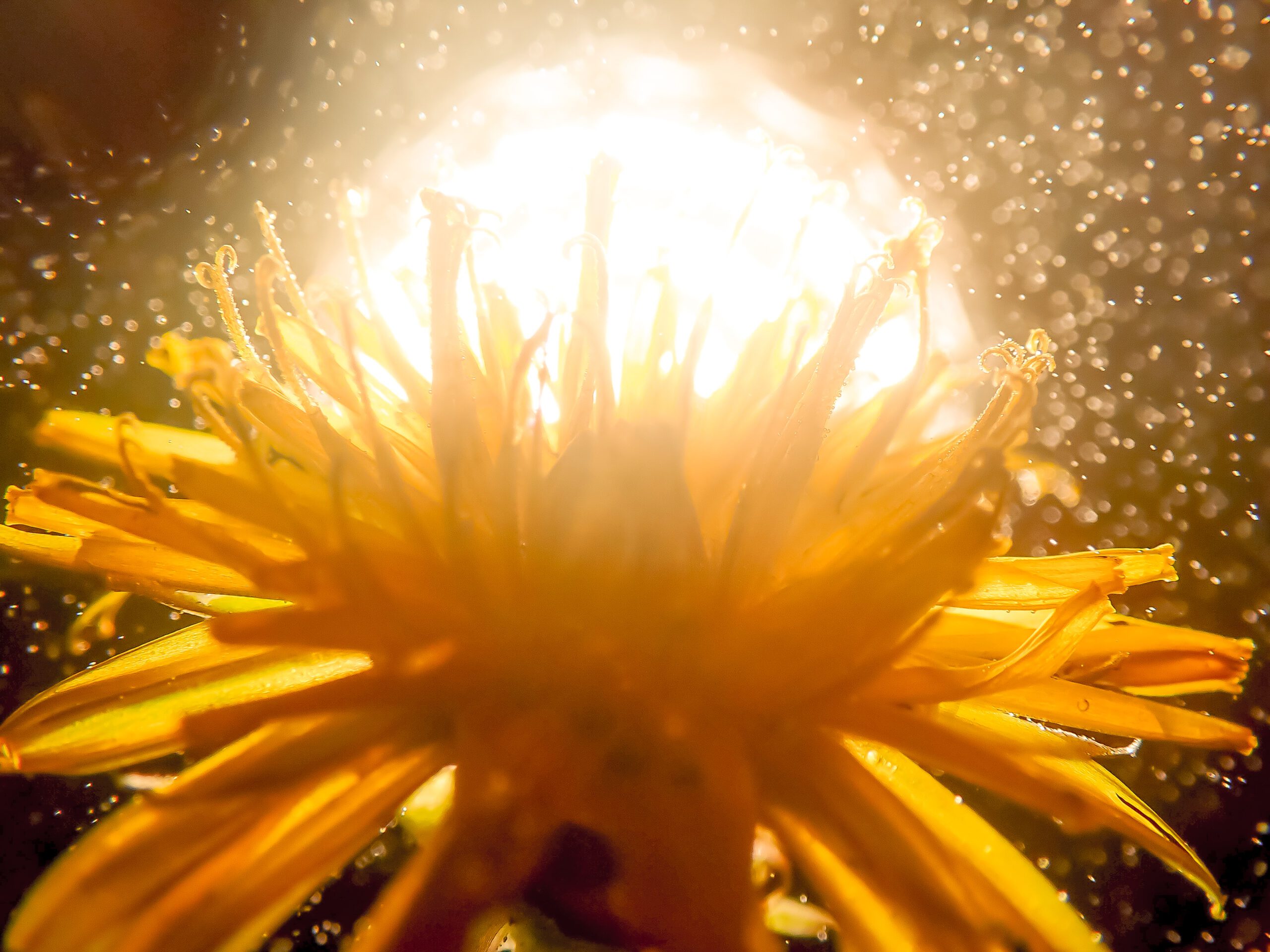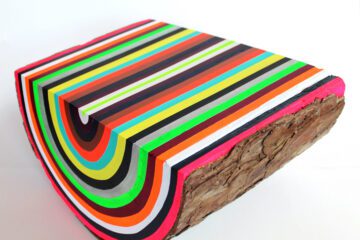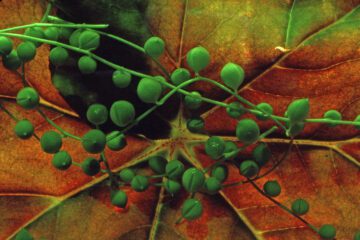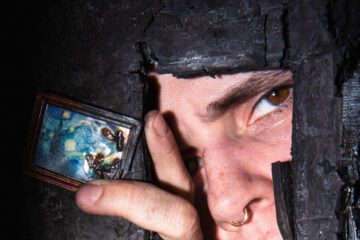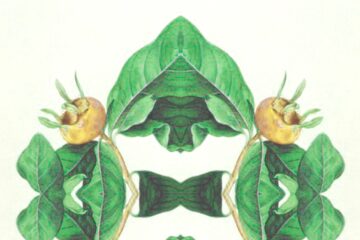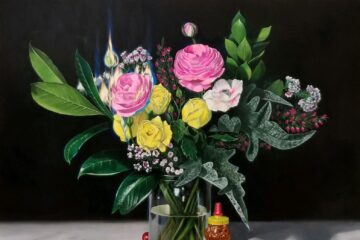Image: “Sunrise”
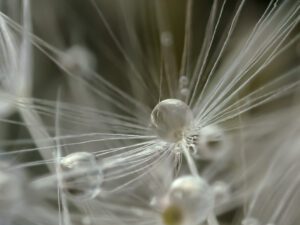

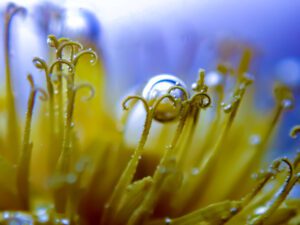

ARTIST BIO | KATIE HUGHBANKS is a Kentucky poet, fiction writer, and photographer whose works celebrate the beauty of nature, the power of connection, and the value of every voice. Her writing and photography appear in a multitude of regional, national, and international publications. She teaches English and Creative Writing and spends every moment she can hiking, taking photos, writing, singing, dancing, birdwatching, and admiring dogs of all types. Her poetry collection, Blackbird Songs, was published by Prolific Press in 2019 and her short story collection, It’s Time, was published by Finishing Line Press in July 2024.
ARTIST STATEMENT | Humans are inextricably linked to nature, regardless of how separate from the natural world we may often feel. The most primal connections, of course, are water, air, and light. In my art, I choose to focus on the impact these three essentials have in macro photography. I aspire to make images that show the dance that light, air, and water have with each other.
Those three elements, so necessary for living, are now necessary for my creative life. Light, to me, is like a violinist’s sheet music; air, like a painter’s canvas. To me, water is a sculptor’s block of marble. My camera is the potter’s clay. Every day, photography offers me new vision and a new way reflect my awe at the world’s beauty.

